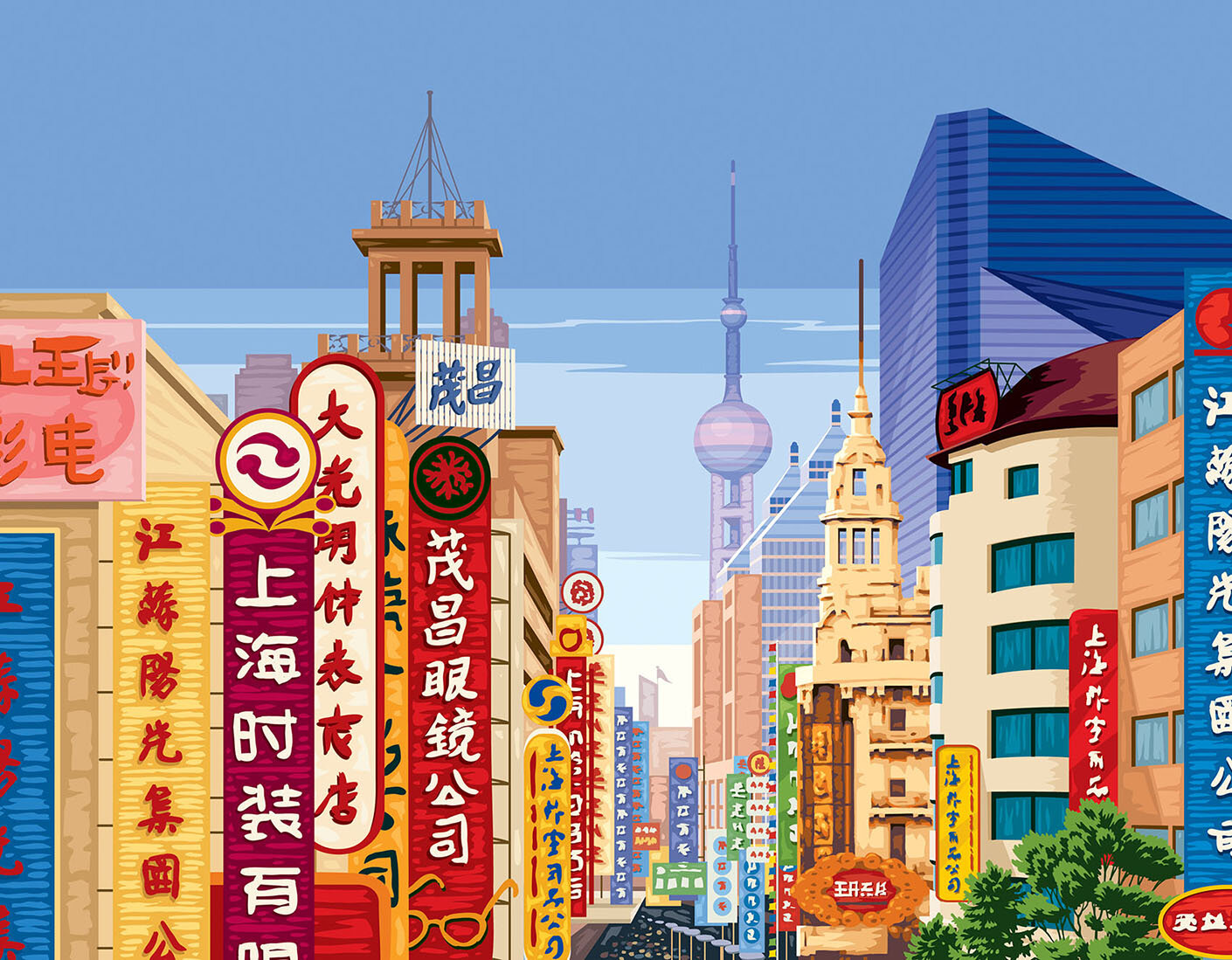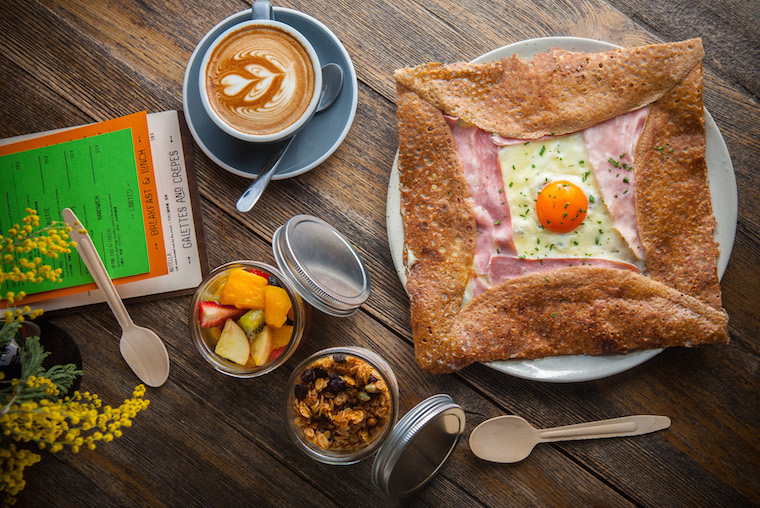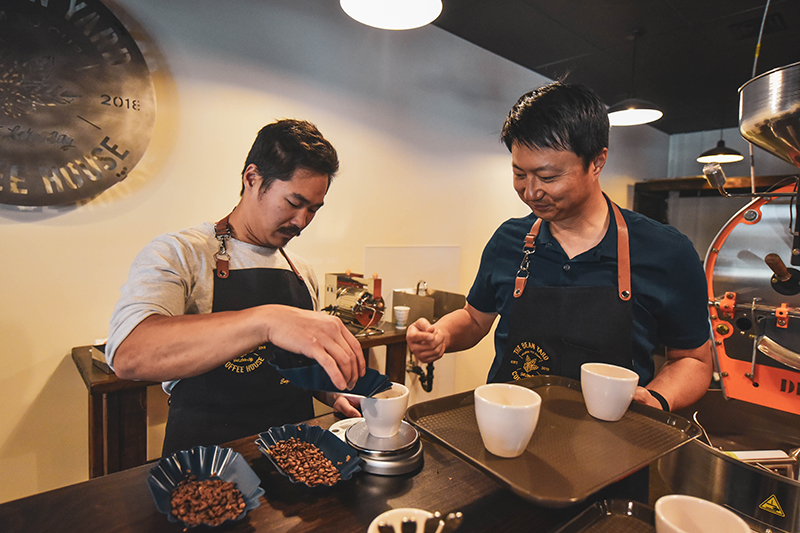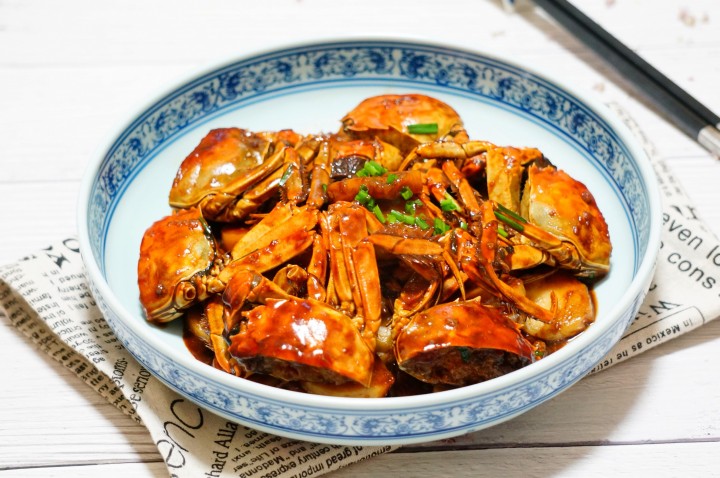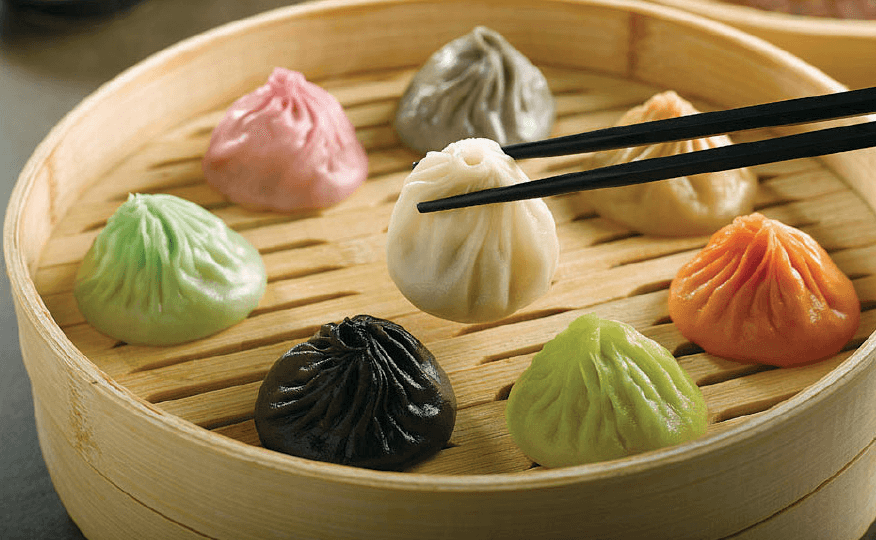Shanghai, China is one of the most popular cities in the world to study and work. Whatever your reasons for being in the city, Shanghai promises to constantly surprise every visitor with its dynamic, constantly evolving cityscape and lifestyle. Here are the top 10 facts about Shanghai that you definitely didn’t know before!
Shanghai is the 3rd biggest city in the world
In 2022, Shanghai is the 3rd largest city in the world with a population of over 28 million! Of course, the number of people in the city may actually be more than this–migrant workers, travelers, foreigners, and students can make the city feel even larger than this.
Here are the world’s 5 biggest cities and how Shanghai compares:
- Tokyo: 37 million
- Delhi: 32 million
- Shanghai: 28 million
- Dhaka: 22 million
- Sao Paulo: 22 million

Shanghai Metro is the longest in the world
Despite being a huge city, Shanghai is very easy to get around! This is because Shanghai has the largest metro system in the world. When Line 15 is completed in the next few weeks, the city will have 459 stations and 771 kilometers (479 miles) of rail lines.
There are even more lines planned to be built between now and 2023, including Line 19, 20, 21, 23, extensions of Line 1 and 13, and a railway to the airport, between Jiading/Minsheng District, and to Chongming Island.

Known for Art Deco style

Shanghai has a unique history. During the 1800s and early 1900s, the city was filled with both Chinese and foreign residents from all over the world. The unique blend of cultures and peoples produced memorable architecture and art. The city is especially famous for the “Art Deco” style of art. Art Deco is a style of architecture and design that appeared in France before World War II and has features like bright colors, geometric forms, “exotic” patterns from Asia, Mexico, and India, and rare materials.
But the Art Deco movement wasn’t just from foreign countries. Shanghaiartdeco.net writes that many Shanghai Art Deco buildings were designed by “Chinese architects trained in the west: Robert Fan, Poy Gum Lee, Dong Dayun and Zhao Shen, among others. It was this group of architects, with their unique east-west perspective, who also created Chinese Deco. This brand new style – entirely in keeping with Shanghai’s cosmopolitan nature – featured Art Deco’s geometric lines and design elements, with modernized Chinese elements such as Chinese roofs, patterns and characters.”

Once was a fishing village called “Shen”
Who could believe that this gigantic city was just a tiny fishing village? Believe it or not, Shanghai was originally a teeny village called “Chunshen,” or “Shen” for short.
Today, many Shanghainese refer to the city as “Hu” 沪 instead–the character 沪 even appears on Shanghainese license plates. Why Hu and not Shen? The Hu was a bamboo fishing device used by ancient Shanghainese fishermen, and it shows the importance of fishing to the town that would become Shanghai.
Shanghai only got its name in 1292, when Shen was united with other nearby towns to form the “County of Shanghai.” This is a fact about Shanghai that will definitely get you points for being an expert on the city!
Known today as the “Magic City”
You may hear Chinese speakers refer to Shanghai as 魔都 Módū, or “Magic City.” And if you have ever lived in or visited Shanghai, you know it to be true! Shanghai has historical charm, modern trendiness, and futuristic development that all combine to make the city a top destination for both Chinese and internationals alike.

The Shanghai Tower is the world’s 3rd tallest building
Having 128 floors and 632-meters (2,073 ft) tall, the Shanghai Tower is the tallest building in China, and the third tallest in the world! The tower has an observation deck on the 118th and 199th floors, elevators that go 20.5 meters per second (74 km/h; 46 mph), and the incredible “tuned mass damper” which limits the building’s swaying in the wind.
The only two buildings in the world that are taller are the Burj Khalifa in the United Arab Emirates (828 meters, 2717 feet) and the Meredeka 118 in Malaysia (678.9 meters, 2227 feet).

The birthplace of the Communist Party of China
Shanghai is incredibly important to the formation of modern China. In July 1921, the leading thinkers and young revolutionaries of the time gathered to form the Communist Party of China. The location of the Party’s founding is a tourist site you can visit today to learn more about this history.

Shanghai is famous for its “Coffee Culture”
Shanghainese move fast and stay caffeinated. The city reportedly has more coffee shops than London, New York, or Tokyo! “According to consumer review platform Dianping, Shanghai is now home to 7,673 coffee shops, including boutique coffee houses as well as domestic and international chains,” writes Shanghai news outlet Sixth Tone. From huge Starbucks to tiny corner coffee houses, there’s a cappuccino for practically everyone in Shanghai.
Shanghainese cuisine is light and sweet
Shanghainese cuisine is also known as 本帮菜 Běnbāng cài or ‘local cuisine.’ With heavy influence from Zhejiang and Jiangsu cuisines, Shanghai food tends to be rather light and let the original flavors of the food shine through. Sugar is a common seasoning, and so is soy sauce. Like other southern Chinese places, Shanghainese tend to eat more rice and fewer wheat products like noodles or bread.
Here are some famous Shanghainese dishes:
- 上海毛蟹; Shànghǎi Máo Xiè, Shanghai Hairy Crab
- 狮子头; Shīzi Tóu, “Lion’s Head,” a pork meatball with cabbage
- 糖醋排骨; Táng Cù Páigǔ, Sweet/sour pork ribs (my personal favorite!)
- 小笼包; Xiǎolóngbāo, Soup Dumplings, a dumpling filled with a liquidy soup that can be difficult to eat at first
- 汤圆; Tāngyuán, a sweet rice dessert filled with black sesame or red bean
Shanghainese is unique from Mandarin Chinese
Native Shanghai people speak their own language, Shanghainese, a dialect of Wu (a non-Mandarin Chinese language). Though there is no standard written form of Shanghainese and it’s not the official language of Shanghai, you are very likely to hear it spoken on the streets or even on local radio stations.
- In standard Mandarin, which originated from Beijing, 你好 is pronounced like knee how. In Shanghainese, it is nongho.
- Goodbye 再见 in Mandarin is zai jian, in Shanghainese it is tseh wei.
- Shanghainese use 吾 instead of 我 to represent “I” , 勿 instead 不 as “not”.
You might think it will be incredibly difficult to understand Shanghainese speakers. But after a year or so living in Shanghai, you’ll start to understand the basic phrases and may even pick up some words yourself.
Watch a Shanghainese speaker explain basic greetings here:
Study in Shanghai
Why just read facts about Shanghai? Dozens of the world’s best universities are in this incredible city just waiting for you to apply. Read the whole list of Shanghai’s best universities here.
- SUMC Deadline Extended: June 15, 2025 - April 26, 2025
- 5 Chinese Universities Without Application Fee - April 19, 2025
- 9 Best Schools to Study Chinese in Beijing in 2025! - April 6, 2025
